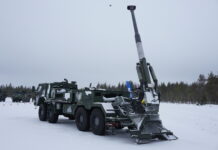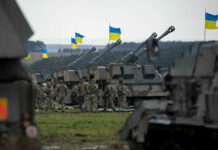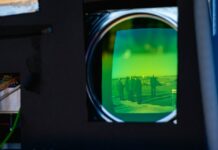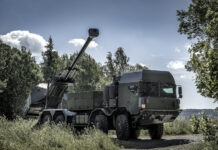Arguably one of the most important jobs on any battlefield – directing artillery fire onto a target as a forward observer – is an intense, highly demanding job. Typically conducted by artillery personnel operating in sight of enemy lines, the job requires nerve and attributes more akin to special operatives, as well as a skillset for which specialist training and latest techniques are essential.
This article examines the types of training required to make an effective Forward Observer (FO), as well as at the role itself, the skillsets expected and a few of the industry simulation and training systems available and in service to deliver those skills.
Crucial Artillery Skillsets
Artillery is a battle-winning asset. However, for it to achieve its maximum effect, it requires the right information about enemy targets – precise location, type, numbers – at the right time for any fire mission. That is the job of the FO. Being an FO and part of a forward observation team is one of the most exacting and important manpower assets in the whole gunnery ecosystem. As an indirect-fire weapon system, artillery is typically located tens of kilometres behind the front lines and the FO team serves as the eyes of the guns, calling in target locations and adjustments to the relevant battery/regimental command posts, or Fire Direction Centre (FDC).
Before going any further, some nomenclature clarification is needed, (and for this article we’ll stick with US and UK examples). In some circles, the officer commanding FOs is sometimes still referred to as the Forward Observation Officer (FOO), though in the US Army forward observers fall under the team term, Fire Support Team, or ‘FIST’, and in the UK’s Royal Artillery, since 2002, as ‘FST’.
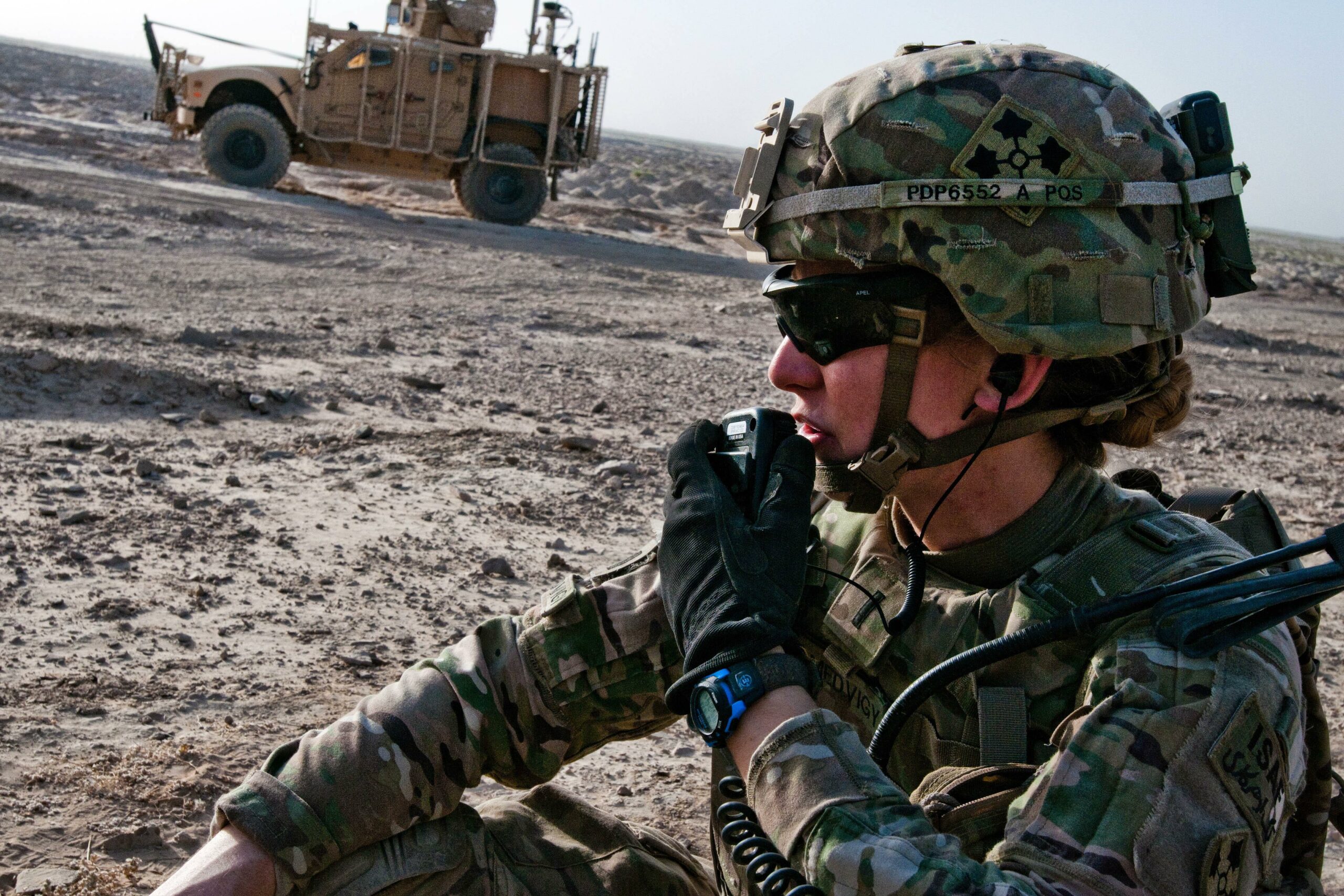
Credit: US Army/Staff Sgt Whitney Houston
Regardless of which we refer to here, the skillsets required of FOs are fundamentally the same the world over. There may be some procedural differences, but with Allied interoperability and co-operation in mind, these are few. FSTs are considered high-priority targets by the enemy, because they control a huge amount of firepower and are within visual range of the enemy, even, sometimes, located deep within enemy territory. FOs must, therefore, not only be adept at fire direction, but also in all aspects of fieldcraft, stealth and, if necessary, direct combat. Trained to the highest levels, their intelligence, adaptability, and broad range of combat skills often make FO operatives good candidates for special forces units and training. It is also worth noting that artillery observers are often deployed with combat arms manoeuvre units, typically infantry companies, or armoured squadrons.
A simple FO overview starts with an FST commander performing map reconnaissance to locate what looks like a suitable place for an observation post (OP), followed by on-the-ground reconnaissance, just in case the real situation reveals some unforeseen negatives. Once the physical reconnaissance reveals a suitable area, an OP will then be selected and the team will set about developing visibility and capability diagrams, orienting maps using optical devices and a compass; establishing communications to supported units, FDCs, or battery command posts in preparation for fire missions.
The team commander will then locate and identify enemy targets, compute necessary data of bearing/direction to target and will then initiate a fire mission on targets for which a series of radio communications are sent. The first is to identify the observer to the command post, the next a warning order in which the type of mission is given, such as ‘adjust fire’, ‘illumination’, or perhaps ‘fire for effect’, as well method for target location, with grid being the preferred method.
This transmission is repeated verbatim by the command post officer at the FDC. The next transmission provides detailed location information, preferably a grid reference, which is also repeated to ensure that errors can be corrected by the FO.
The next transmission with be a target description, which might include details such as: “Three infantry squads”, “two BTRs, one BMP, two squads dismounted” or even “one fortified compound”. Levels of protection are also communicated, such as: “In the open”, “dug in”, or “in bunkers”. And the size and shape of the target may also be communicated at this point.
Once the description has been conveyed, the same transmission will include the method of engagement, namely ammunition type, such as High Explosive (HE), smoke, or white phosphorous (WP), although if this is not specified the FDC will decide based on the target description. Numbers of rounds can also be requested, as well as multiple ammunition natures. Duration and rounds per minute may also be stipulated and, if in a scenario where friendly troops are involved and close to fall of shot required, then the mission may be deemed ‘Danger Close’ by the FST commander.
Once this full target information has been conveyed, the final aspect of this communication is the method of control, such as ‘fire when ready’, or ‘at my command’. Time of flight, splash/fall of shot, and time on target, can also be communicated in this exchange between the FST commander and FDC.
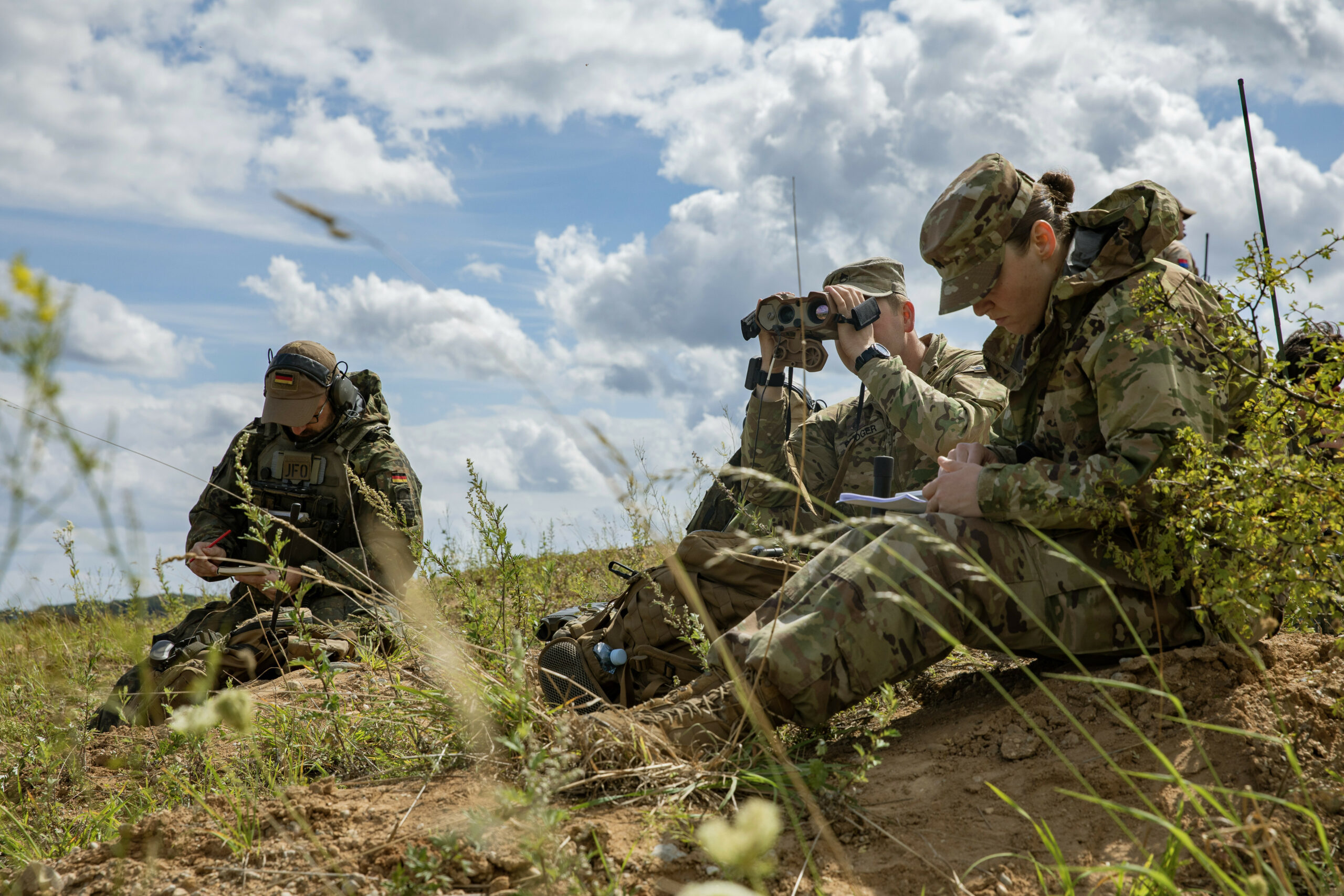
Credit: US Army/Sgt Alex Soliday
This sequence highlights what the FST role is all about; in short, to call in accurate fire onto the enemy. However, were it that simple, for the FST may also be involved with fire direction for mortars, naval gunnery assets, or aerial fire from fixed-wing or rotary-wing aircraft. These teams may also have to prepare detailed – and intensely stressful – fire-support plans for major offensive and defensive operations.
These teams must also be capable of conducting night operations using night observations devices, or coordinated illumination methods, and be skilled in using a wide-range of devices and equipment, as well as vehicles, which may be their equipment of need/allocation for a particular mission.
To achieve success and prowess of all the above operational skills, and more, all FST members require extensive training in both classroom and practical, real-world settings. However, in times gone by, practical settings meant only one thing – actually heading out onto the ranges and expending huge numbers of man-hours by employing a battery of guns and requisite ammunition – today’s restrictions on expensive ammunition resources, wear and tear on the gun barrels, in addition to expensive fuel costs, means that heading out onto the ranges, just to train, happens less frequently than in the past.
Fortunately, technological advances, in the form of sophisticated forward observer simulator set-ups from a number of defence industry companies, have saved the day when it comes to training forward observers, and are used by militaries in FO training the world over. We will examine some of those shortly, but first we will get an overview the Royal Artillery’s training course for its FST commanders.
FST Commander Course
The British Army’s Royal School of Artillery (RSA) at Larkhill, runs a selection of courses to train FOs/FSTs. These include an 11-week Fire Support Team Commander course run by the Joint Fires Branch, Close Support (CS) Wing at the school. Aimed at the Lieutenant to Major levels, the course is designed to develop the requisite skills and knowledge of officers selected so they are able to perform the required FST tasks.
Such tasks include the supervision and operation of specialist OP equipment and being able to understand and brief personnel on such kit, including the Precision Strike Suite for special operations forces support, surveillance and target acquisition (STA) equipment including radar, and observation post vehicle (OPV). They must also be able to apply the principles of CS technical gunnery focusing on a variety of mission sets enabling students to become technically proficient and able to supervise subordinates.
They must also learn how to coordinate and direct joint fires, primarily involving joint fires assets at company/squadron level, with students learning and practising standard and non-standard missions, fire planning, as well as ROE (rules of engagement) and CD (coefficient of drag) factors.
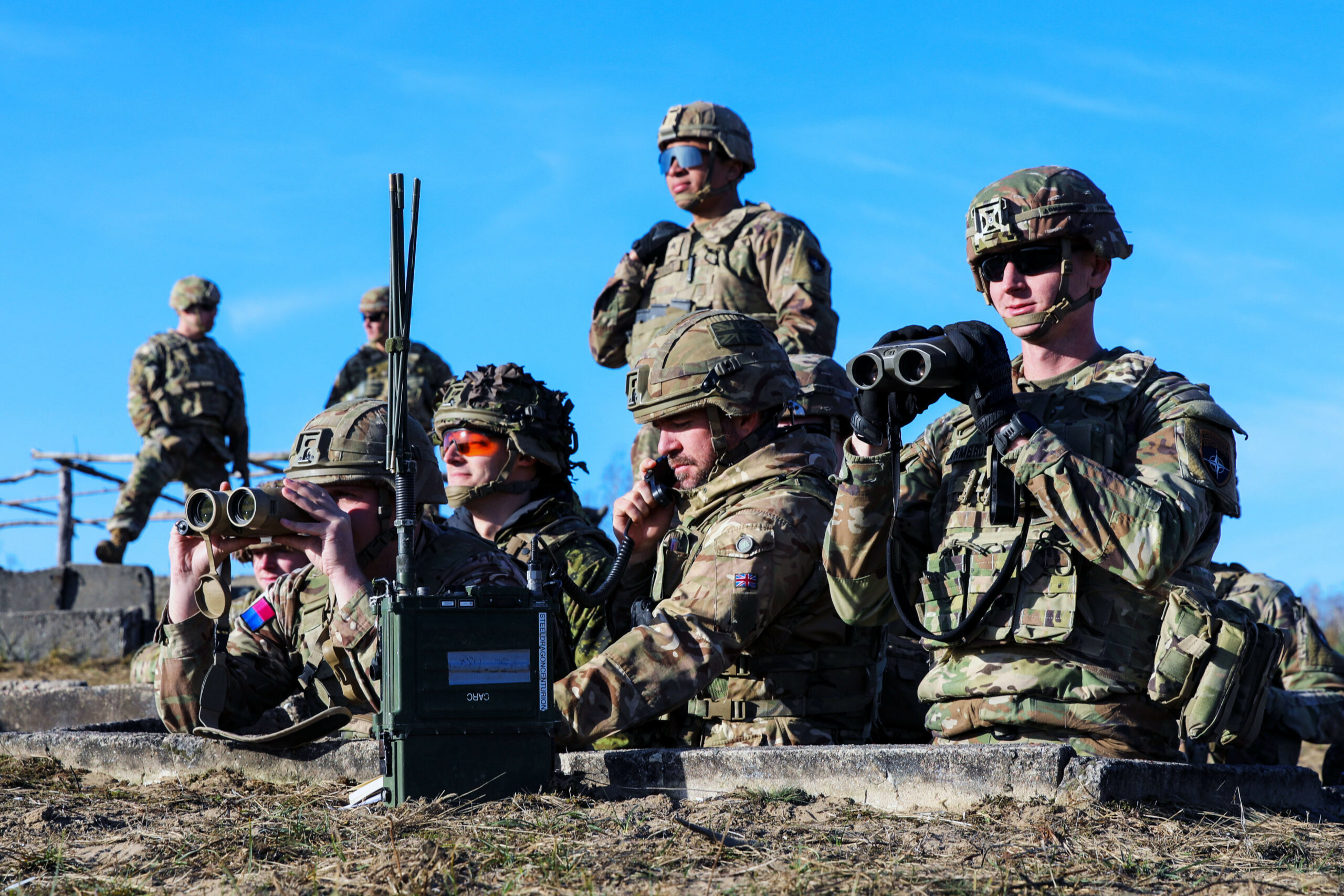
Credit: US Army/Sgt Gavin Ching
The course also instructs the FST commander in how to liaise with and advise the manoeuvre arm to which an FST commander might be attached, essential if he/she is to advise on OS, FST employability and risk. The commander will also learn aspects of training support from the course, in order to be able to deliver and evaluate training conducted in accordance with the UK’s Defence Systems Approach to Training – DSAT.
Other key aspects of this particular RSA training course, include: learning how to recce and select an OP, supervising and operating specialist OP equipment, tasking intelligence, surveillance, target acquisition and reconnaissance (ISTAR) assets, acquiring and transmitting tactical information, coordinating and directing joint fires, communicating as an FST, and operating within a CS regiment.
The RSA also runs two further relevant courses for the UK’s FSTs; its 5-week Fire Support Team Battery Commander’s Assistant course aimed at SNCOs/Sgt level, and covering much of the aforementioned FST Commander’s course, though with some differences; and a 4-week Fire Support Team Detachment Commander’s course, aimed at NCOs/bombardier-level members of an FST.
The course contents for FST FOs at the RSA, and the skillsets needed to make the best FOs in the business, are increasingly reflected in a growing number of industry training and simulation solutions, a few of which are mentioned below.
Industry Simulation and Training Solutions
US MAK Technologies introduced a portable training system late 2022, that it says delivers effective call for fire (CFF) training and is designed specifically to develop and reinforce skills for FOs. The system offers the highest levels of FO fire mission training including target detection, fire request, and fire organisation Additionally, on-site, instructor-led, classroom training can be conducted.
The training system can be configured in US and international versions. For FO/FST team individual students, MAK FIRES can be run on a single laptop where the student interacts with an AI, voice-activated, simulated FDC. This single trainee mode is designed to offer additional practice to students who either need a quick refresher, or require additional time to learn CFF fundamentals.
In the instructor/student configuration, the instructor portrays the role of the FDC, and the student initiates a CFF mission with the instructor over radio, progressing through all communication stages, such as call sign, warning order, method of target location and target location. The instructor uses the CFF Mission Graphical User Interface (GUI) to input and execute the student’s CFF mission.
In the classroom, MAK FIRES can handle 8, 12, and 16-seat configurations, or can be customised to meet specific end-user requirements. It supports all primary training tasks for FOs, including OP selection; target location by grid, polar, or shift from known point; surface-to-surface fire missions for adjustment of fire, fire for effect, suppression, smoke, and others.
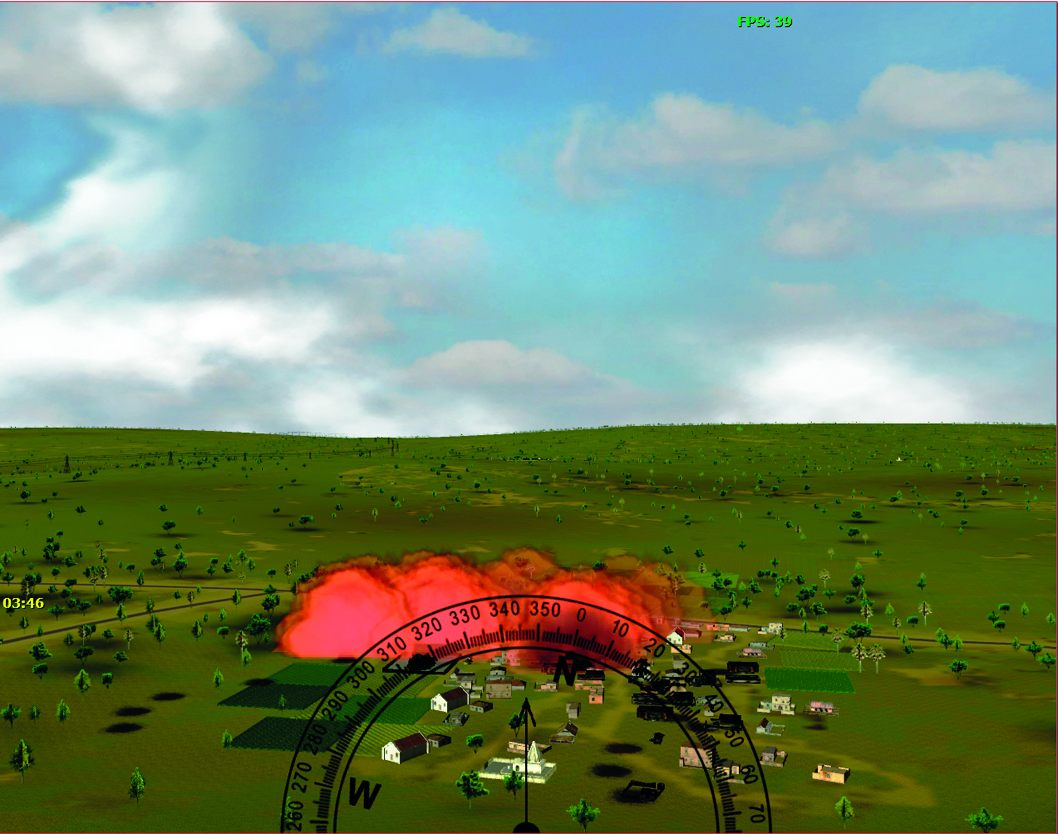
Credit: Zen Technologies
Indian company Zen Technologies offers its Artillery Forward Observers Simulator, ArtyFOS, to train artillery OP officers and FOs, as well as all other officers of combat wings of the Indian Army who may be required to fire long-range, indirect fire weapons, including mortars, guns, howitzers, rockets and missiles.
ArtyFOS has an Instructor Station and an OP Officer’s Trainee Station. It facilitates target engagement from a single gun to the guns of an artillery brigade. It also has a module to train the trainers, which allows standardisation of training across the whole force. The company says that with artillery training being a cumbersome logistics and resource-intensive process, the ArtyFOS simulator eliminates these resource challenges, while ensuring ready-for-battle standards of participating students.
The system recreates a wide range of terrains and scenarios expected to be faced by trainees in actual war. It also enables trainees to fire the guns applying different procedures, with year-round training possible. The simulator experience includes: recreating field firing-ranges indoors; allows simultaneous application of multiple environmental effects; enables nine fire units to fire at a time; includes dispersion zones, meteorological conditions, shell-to-shell variations; displays actual ballistic trajectories and fall of shot; contains maps, binoculars and aids to firing; has provision for obtaining magnetic bearing; simulates numerous artillery shell blast effects.
Turkish defence player, Havelsan, together with its US subsidiary, Quantum3D, and other Havelsan subsidiaries, market Havalsan’s Artillery Forward Observer Training Simulator (AFOS), configured and customised appropriately for different markets and customers. The system is a computer-based trainer for FOs and FDC Personnel and teaches targeting, fire requests and management of fire missions across a range of training scenarios; it can simulate varied training environments, including a wide range of static and moving targets, custom terrain and land views and realistic meteorological effects.
It uses accurate ballistic physics models and integrates realistic visual cues and sound effects to create a realistic training environment. A built-in after-action review system, allows trainees to review and evaluate performance and identify areas for improvement once training is over. The system is designed for portability and transportability so it can be deployed worldwide and can also be set up in a permanent classroom setting.
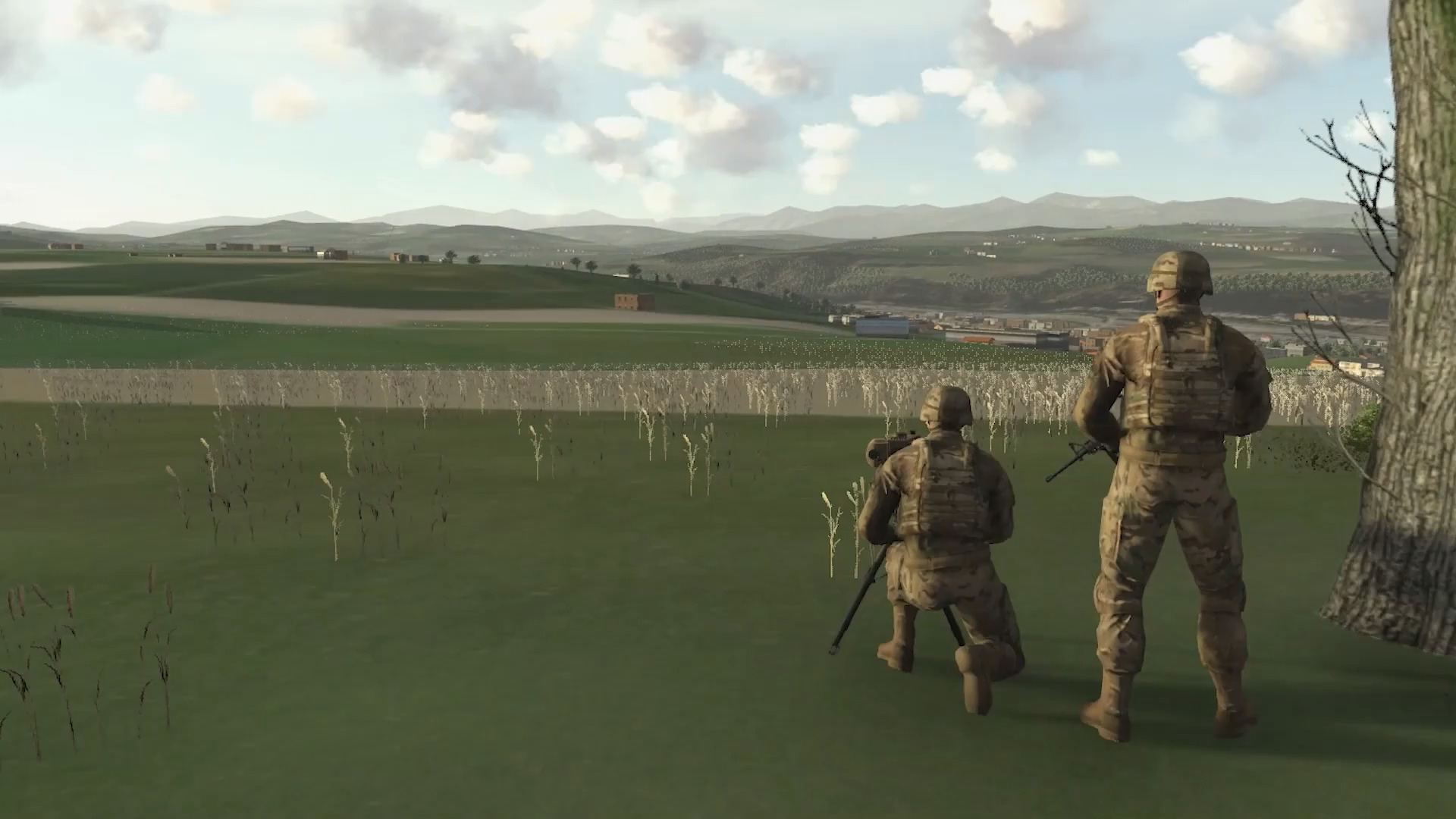
Credit: MAK Technologies
According to the company, the system offers multiple levels of FO fire mission training, including target detection, fire request, and fire organisation; and training management. It also includes: creating scenarios with static and moving targets in a variety of terrains; observers are trained to become faster and more precise while developing observer skills by working with firing control centre personnel; simulation of real battle conditions with realistic visual and sound effects; artillery/guns of all sizes are simulated and various ammunition and fuse combinations are used to observe impact on static and moving targets.
One of its key resource-saving attributes is that it saves users from wasting ammunition as well as time resources. Havelsan has stated that its AFOS training systems are used by many armed forces worldwide ‘to provide necessary training to FOs and gunnery personnel to use artillery firepower in the most appropriate place and time’. According to the manufacturer, AFOS can provide training for up to 40 people simultaneously, and has a simulation database compatible with NATO and Russian artillery techniques, all artillery and mortar weapons and all the ammunition natures that can be fired from these weapons.
Tim Guest





![IFPC Increment 2: Filling the medium-range gap The IFPC Inc 2 AD system is intended to defend fixed and forward operating bases against the latest and emerging aerial threats including rotary and fixed-wing, UAVs and cruise missiles, most likely using a second, more capable interceptor. [US Army]](https://euro-sd.com/wp-content/uploads/2025/09/1-IFPC-Increment-2-system-Credit-US-Army-Kopie-218x150.jpg)
